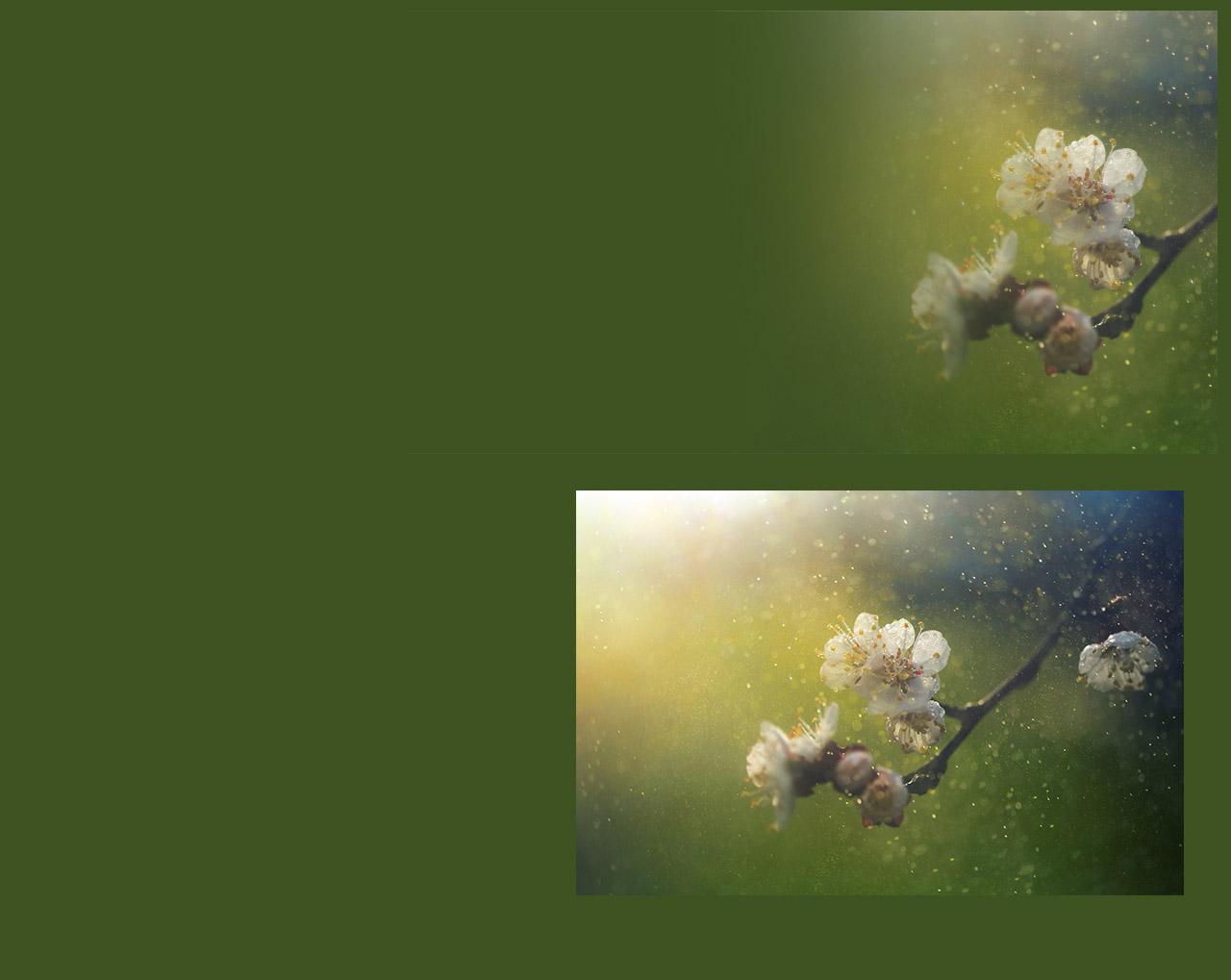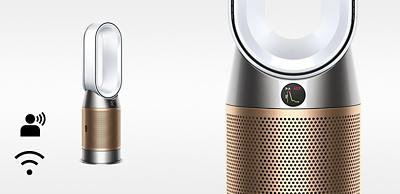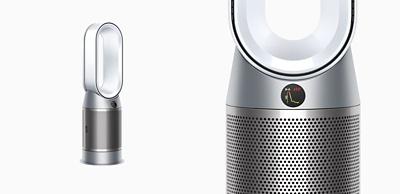Guide | July 2023

-
What is pollen?
Pollen is a mass of microspores released by plants and trees, usually as a fine powder. Each pollen grain is a minute body formed in the male structures of seed plants. Fertilisation occurs when pollen grains are transported by wind, water, or insects to the female part of a flower.
It's mostly released during the early spring and summer months by plants, trees, and grasses as part of their reproductive cycle. But it can also be airborne in the winter months, depending on the type of plant and the climate. It’s produced in such quantities that it makes up a significant part of the earth’s atmosphere.
And as many sufferers know, pollen causes seasonal rhinitis in humans, a common allergic reaction known as hay fever which occurs at particular times of the year.
-

Interesting facts about pollen
Here are some more interesting and surprising facts about pollen:
1. Pollen is diverse
Pollen grains are tiny – generally about 15-100 microns.² We can only see them with the naked eye because they are usually found en masse. Yet there’s great variation when it comes to the size, shape, and texture of pollen grains. There’s also no correlation between the size of the plant and the size of the pollen it produces.
The structure of a pollen grain is often so distinctive that in some cases plant species can be identified by their pollen grains alone. This is because each pollen type has its own unique characteristics. Read our complete guide to pollen allergies.
2. Pollen helps us look back in time
Pollen grains are commonly found in geologic sediments, both new and ancient. This means fossilised pollen can provide valuable information about the origin and geologic history of plant life. Paleobiologists can study extinct vegetation, and sometimes this reveals surprising evidence about the age of plant species.
-
3. Your furry friends can get hay fever too
It’s not just humans who can suffer from hay fever – your pets can be affected too. Pollen can stick to your cat or dog, so after they’ve been outside it’s helpful to wipe their paws and fur.
Hay fever in pets can look different to the symptoms that we experience, but typically it results in red eyes, ears and paws; excessive scratching; and tiredness.
-

4. Pollen is transported in several ways
Some plants such as trees, grasses and weeds rely on wind and gravity for pollen transportation. They generate large quantities of lightweight, easily dislodged pollen grains. Other plants use water and animals such as birds, insects, and bats for pollination. Flower structures and pollen grains are often evolved to the type of vector used in pollination. Plants also adapt to become attractive to pollinators. For example, they may use colour, scent, size, and other specialised structures to help their pollen grains be successfully carried and dispersed.
5. Air quality can affect your hay fever
Urban areas tend to have lower pollen counts compared with the countryside, but pollen can mix with particulate matter found in air pollution and this can enhance an allergic response. Pollen surfaces collected in polluted areas commonly feature airborne particulate matter.³
6. Pollen season can last almost all year
Pollen season is usually associated with spring and summer months, but it can start as early as January and end as late as September. The months that you experience hay fever symptoms will depend on the type of pollen, or pollens, you’re sensitive to.
7. Pollen can help fight crime
Palynological studies using living (non-fossilised) pollen samples can be useful when it comes to criminal investigation. It’s possible to match pollen samples from sources such as hair or clothes with that found at a crime scene. Pollen can stick to clothes and other objects even after washing. It’s also useful for establishing a location or seasonal time frame for crime scenes.
8. Hay fever affects 20% of the population
The proteinaceous substance in many ragweed and grass pollen grains induces an allergic reaction commonly known as hay fever. Pollen grains are among the most common allergens – affecting 1 in 5 people in the UK – and hay fever usually begins in childhood. Many people find their symptoms improve as they get older.
9. Bright plants are not the enemy
Bright, strong-smelling flowers and plants may seem as though they would affect hay fever sufferers more. Yet it’s actually pollen grains from colourless plants like trees, grasses and weeds that are more allergenic. These anemophilous plants transfer their pollen through wind. And as this pollen is produced in higher quantities there’s more chance of it getting in your eyes and nose.
10. Weather can affect hay fever symptoms
The weather is linked closely to the production, distribution and the dispersion of pollen. Temperature, wind, rain, and sunshine all affect how much pollen is produced and how much is spread around. Less pollen is released on cooler, cloudy days than on hot, sunny days.⁴
Shop the solution
Read more
¹Met Office (2023) Pollen Allergies. Available at: https://www.metoffice.gov.uk/weather/warnings-and-advice/seasonal-advice/health-wellbeing/pollen/pollen-allergies Accessed May 2023.
²University of Worcester (2023) What is pollen? Available at: https://www.worcester.ac.uk/about/academic-schools/school-of-science-and-the-environment/science-and-the-environment-research/national-pollen-and-aerobiology-research-unit/what-is-pollen.aspx Accessed May 2023.
³Behrendt, H., Becker, W.M., Friedrichs, K.H., Darsow, U. & Tomingas, R. 1992. Interaction between Aeroallergens and Airborne Particulate Matter. Int Arch Allergy Immunol, 99, 425-428.
⁴Gioulekas, D., Balafoutis, C., Damialis, A., Papakosta, D., Gioulekas, G. & Patakas, D. 2004. Fifteen years’ record of airborne allergenic pollen and meteorological parameters in Thessaloniki, Greece. Int J Biometeorol, 48, 128-36.














